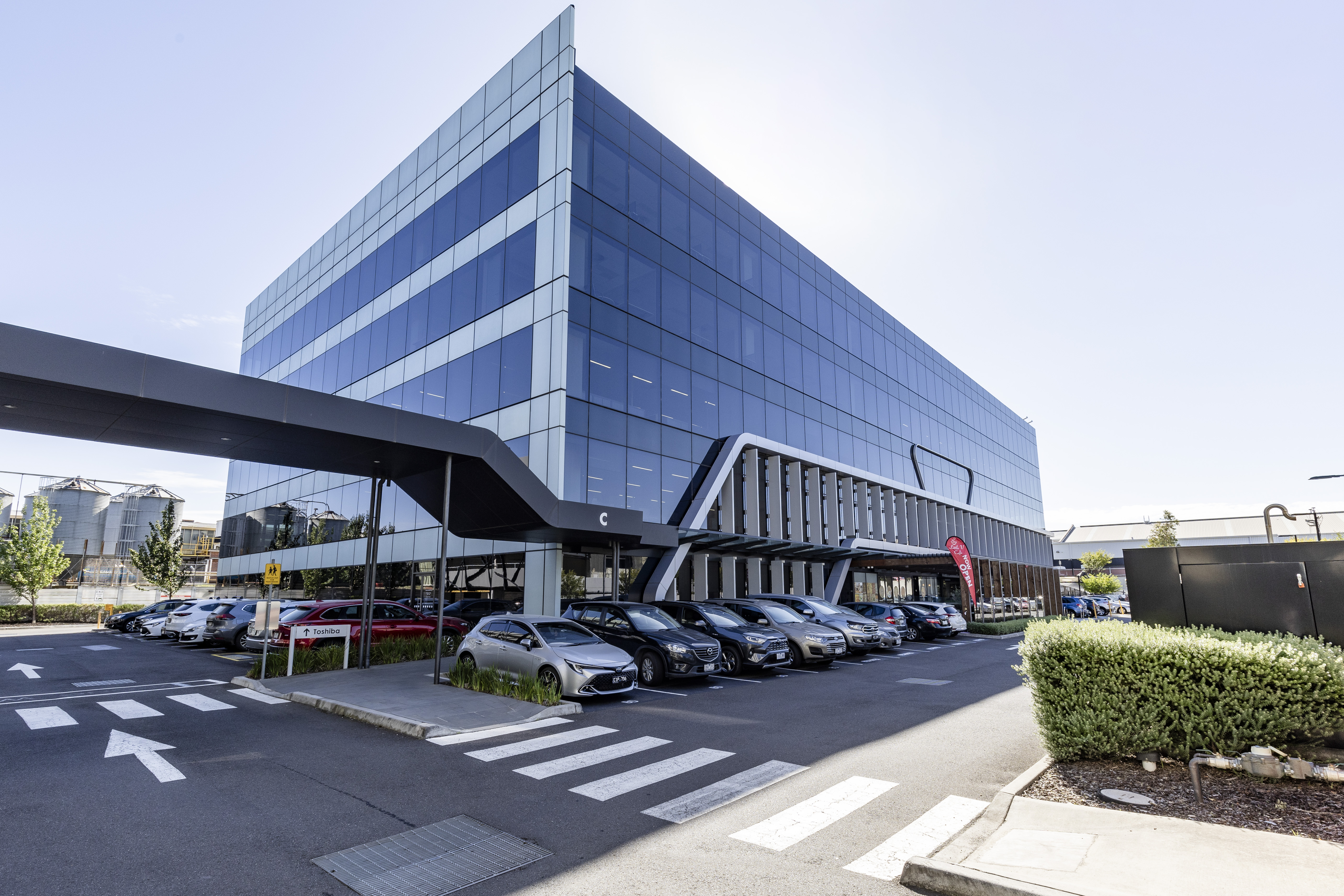Sustainable, eco-friendly and healthy buildings in Vietnam
In Vietnam, we expect green buildings to quickly become the most sought-after buildings and spaces in the market to occupiers.
Currently there are over 100,000 LEED Certified projects across 160 countries and close to 1,000 projects are WELL (and Fitwel) Certified in over 100 countries. In Vietnam, there are currently 17 built office buildings with a LEED accreditation and 65% of these buildings are located in Ho Chi Minh City, and only 3 of these LEED buildings are located in the downtown Central Business District. In short, good quality and eco-friendly buildings are scarce in Vietnam, and for buildings with a focus on the daily users’ or occupants’ health and wellness – is virtually non-existent.
As sustainable building initiatives continue to be a main discussion topic around the world, green sustainable building standards are progressively becoming the norm, and for here in Vietnam, we expect these green buildings to quickly become the most sought-after buildings and spaces in the market to occupiers.
Many occupiers in Vietnam are starting to explore what are green buildings and what are the associated accreditations. Globally recognised accredited certifications such as LEED (Leadership in Energy and Environmental Design) and WELL Building Standard are used to validate a building or an organisation’s sustainability and wellness efforts before, during and after construction completion, and while the two accreditations similarly promote best healthy, efficient and green building practices, they are actually rather different when compared side by side.
Looking for more insights? Never miss an update.
The latest news, insights and opportunities from global commercial real estate markets straight to your inbox.
LEED Certification
LEED was founded by the United States Green Building Council (USGBC) in 1994 and is the cornerstone of USGBC. LEED Certification helps building owners and designers to demonstrate their project’s sustainability by measuring the impact that the building has on the environment and energy.
LEED is available for all building types and phases, including new construction projects, existing buildings, neighbourhood mixed-use developments, residential houses and more. For a building to become LEED certified, it will need to receive a certain amount of LEED Points that are based on the building’s physical structure and whether it meets environmental criteria, such as innovation & design process, location & transportation, sustainable sites, water efficiency, energy & atmosphere, materials & resources, regional priority and indoor environment quality.
Investment Opportunities
Depending on the number of points achieved, the project will earn either a Certified, Silver, Gold or Platinum rating.
It is the most widely-used and recognised green sustainable building credential or the badge of honour that interior designers, architects, home owners, and real estate developers can receive.
WELL Certification
WELL accreditation on the other hand was a system launched by the International WELL Building of Institute (IWBI) in 2014, two decades after LEED, as the world’s first building standard to explore the relationship between a building and the health and mental wellness of a building’s users.
The IWBI partnered with designers, architects, together with scientists, doctors and wellness thought leaders to develop a list of standards with a sole-focus on promoting healthy and active lifestyles through the way a building is designed, constructed and then operated.
WELL certifications can be applied to different types of residential and commercial buildings to include new constructions, existing buildings and remodels.
Compliance is rated by an independent third-party assessor who awards a score based solely on occupant health and comfort.
WELL Points are awarded across multiple categories on criteria such as air & water quality, natural light exposure, nourishment, thermal comfort, materials, sound levels, mind, community, and dedicated fitness & wellness spaces.
Depending on score achieved, the building will received a Bronze, Silver, Gold or Platinum standard rating.
In light of the recent pandemic, WELL has even released a new Health-Safety Rating that is tailored towards operations and building management. This particular certification focuses on emergency preparedness, air and water quality and advanced cleaning and hygiene procedures to instill comfort for building occupants returning to indoor work and community environments in the new normal.
Hence, a short summary on the benefits of being in LEED and WELL Certified buildings, besides from reducing negative impacts that a building has on its surrounding environment, LEED certified buildings are highly efficient and have been shown to save on utilities such as energy, water and waste, which translates to lower maintenance and operating expenditures. WELL certified buildings allow its’ occupants to feel safe and well where their health and wellness is being put first, which leads to healthier, happier, a more positive and ultimately a more productive community, and for buildings with the two accreditations combined, they are the buildings of the future that are looking after the planet as well as looking after the occupiers that work within them on a daily basis.
Contacto con William Tran
Head of Office Leasing Advisory, JLL VietnamWhat’s your investment ambition?
Uncover opportunities and capital sources all over the world and discover how we can help you achieve your investment goals.



